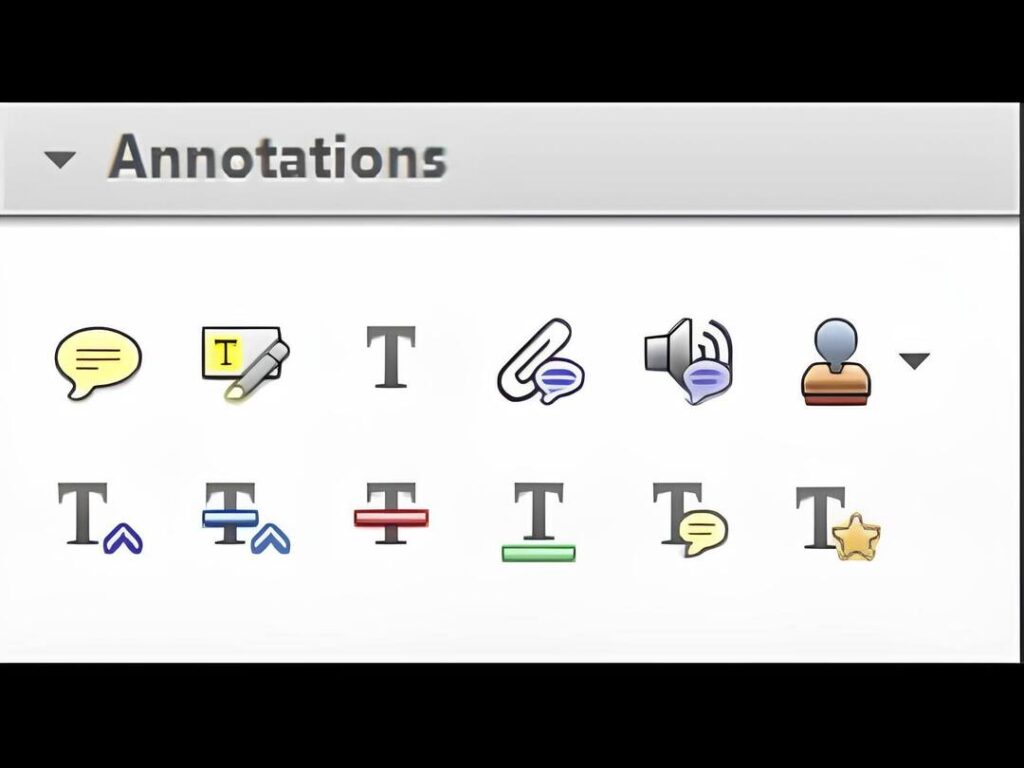Tips for Proofreading Academic Books
Our key tips for academic authors tasked with proofreading their page proofs for university presses.

Congratulations! You’re publishing your first academic book. Your ideas caught the eye of an acquisitions editor at a university press, who guided you through the peer review and the copyediting stages of the book publishing process. You finally received the publisher’s proof—a PDF that contains years of research laid out into a beautifully designed book. It’s now ready for the last step before hitting the printer: proofreading.
Proofreading takes place after a developmental editor (or your dissertation committee) has helped you refine your argument and organization and after a copyeditor has applied a style guide, caught grammatical errors, performed a spelling check, and formatted your reference list.
So how does one tackle proofreading an academic book? In this post, I’ll give you some quick tips so you can refine your eagle eye.
Use a checklist
Professional proofreaders are trained to pay close attention to your book manuscript in order to catch common errors. They read your work carefully, catching flaws that normal people don’t. But what if you don’t have time to hire a professional editor? The best thing you can do is use a proofreading checklist.
One of the greats, Louise Harnby, created the ultimate checklist that many professional academic proofreaders use to train their craft. It’s available for free download on her website. This list will give you a roadmap of how to tackle your project and all the areas you need to hit before you send your proof back to the publisher.
To do a great job proofreading, you have to examine each part of the book, step by step.
Check all parts of the book
Proofreading entails more than just checking the body text for punctuation errors, double spaces, and typos. If you’re proofreading the final, designed page proofs, you’ve also got to be on the lookout for consistency issues across the entire book, from the title page to the final credits!
You’ve got to ensure that the style guide you (or your copyeditor) used was enforced throughout all of the common parts of an academic book:
- Title page
- Copyright page / colophon
- Table of Contents (TOC)
- Illustration list
- Body text (chapters), including figures and tables
- Bibliography
- Appendices
- Index
- Acknowledgements/credits
Not only that, but you’ve got to make sure that the design looks the same throughout: all of the chapter titles look the same, the running header is in the right place, and that the margins are standard.
Leave no page unturned, no section unchecked.
Know your marks
Proofreaders learn to speak a complex language of proofreading marks. These are typically more useful for those who are marking up page proofs on paper, but they can also be helpful for the average academic marking changes.
You may remember some of these symbols from grammar school or from red lining student papers: the paragraph mark that looks like a backwards capital P, a carat where you’re meant to insert a letter or text, or the large, curly swoop used to cut a word or phrase.
If you’re not interested in learning proofreading code, you can also use Adobe’s comments features to mark up your PDF. And, no, I’m not talking about the little digital Post-Its (called sticky notes) that commenters often pin to the pages on their computer screens.

Adobe comments allow you to show the designer where to cut and/or add text; you can also highlight text to show smaller changes or identify areas where you’re making comments. The professionals speak to each other through blue and red lines.
But before you get too pleased with the amount of changes you’ve made, you should know that each and every change you make costs money. So economize where you can and only mark up what’s absolutely necessary. Now’s not the time to rephrase a sentence, but you absolutely should change “pubic” to “public” if that’s what you’d originally intended!
Why proofreading matters
You may think that you’re the best person to proofread your own book—and you’re not wrong. You know the book better than anyone else by the time you’ve reached this point.
Academics can make some of the best editors, but even seasoned writers know that an outside reader is essential to making your ideas shine. In other words, it’s always to the author’s benefit to have more feedback at this stage of the publishing process.
While you and your publisher will likely both be reviewing your proofs, it can also be useful to have a pair of fresh eyes like those provided by an academic proofreading service with trained experts who know what to look for. We pay attention not only to the book’s text, but also to issues you probably never knew existed like consistency between chapter titles found in the body text against the TOC.
Editing and proofreading are trained skills that not everyone has time to master. Whether you’re wrapping up a book project or a journal article, let our academic editors help you catch one error at a time!
Get a rate quote or schedule a consultation call by clicking below.